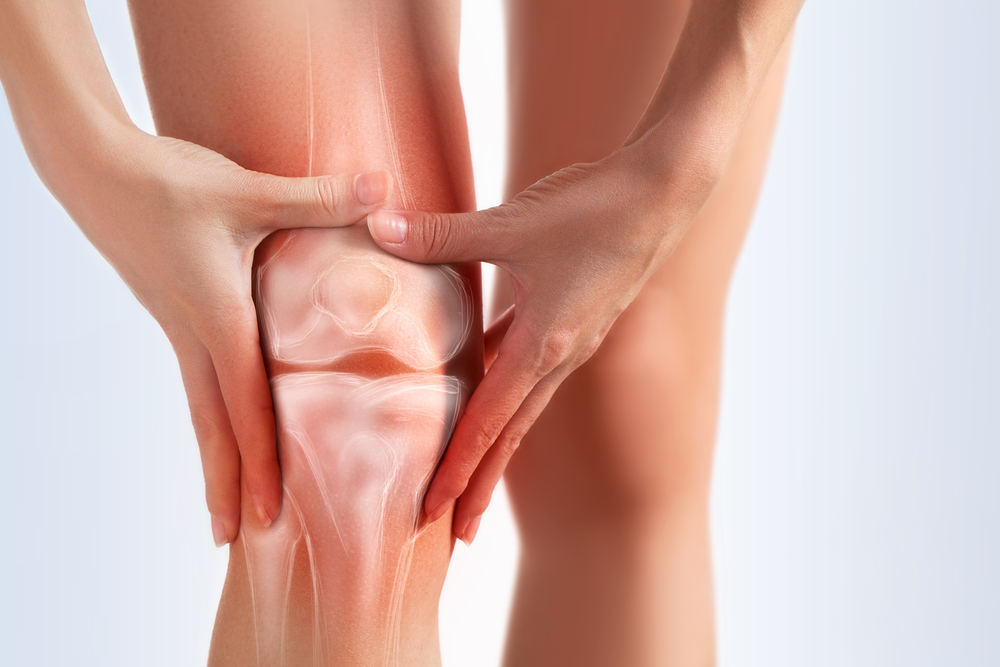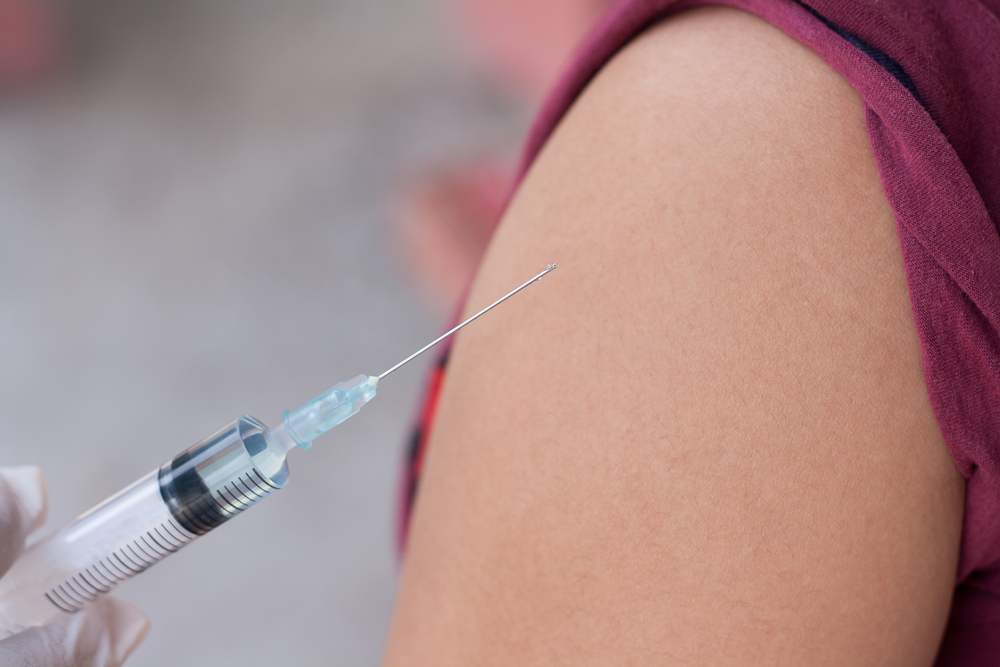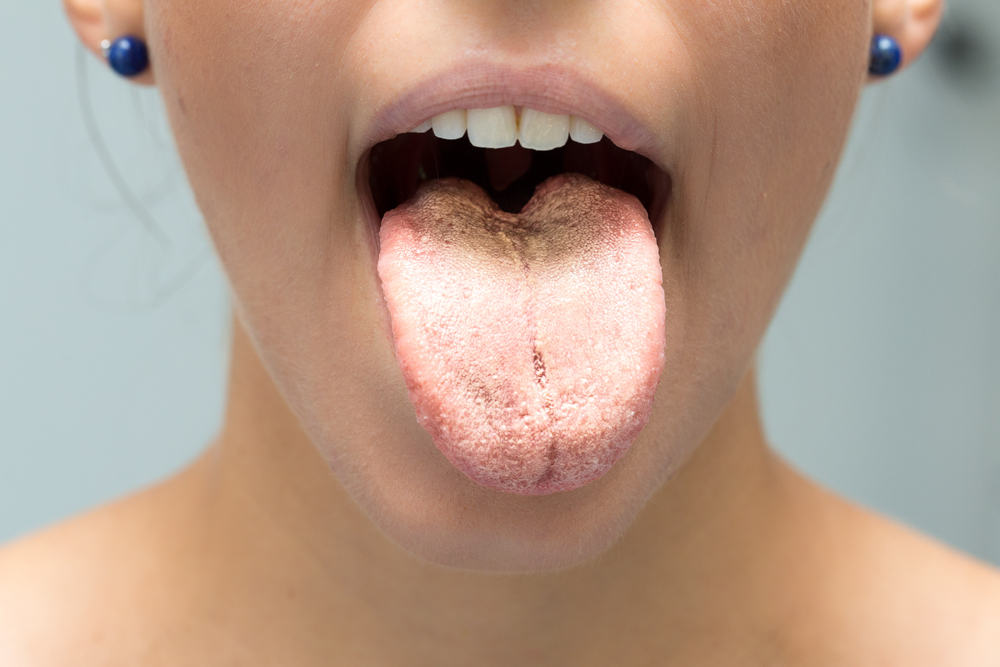- Up to one in four people with psoriasis suffers from a painful inflammation of the joints called psoriatic arthritis.
- Conventional treatments include drugs that reduce overactive immune response, pain, and joint damage.
- Alternative therapies can be added to fight inflammation, while lifestyle changes boost treatment response.
When people think of psoriasis, they usually imagine skin covered in red, scaly patches. Psoriasis does generally appear on the skin first, but joint problems can develop later on. In some cases, it may happen the other way around—joint pain and arthritis appear before changes to the skin.
Psoriatic arthritis (PsA) can be hard to treat, and there is currently no cure. Psoriasis is an autoimmune disease, which means that the immune system is mistakenly attacking healthy cells. Treatment is directed toward reducing the attacks as well as the damage and pain that they cause.
When not treated at all, psoriatic arthritis can destroy the joints, making daily life unbearable.
“Therapeutic interventions for PsA should be initiated soon after the diagnosis of the disease since a delay can result in irreversible joint damage,” says Alexander Shikhman MD, PhD, rheumatologist and founder of San Diego-based Institute for Specialized Medicine. “If you have psoriasis and/or PsA, do not delay therapy and see a rheumatologist as soon as possible.”
Here we examine all the available treatment options for PsA, from over-the-counter (OTC) medications and prescriptions drugs to alternative approaches.
Symptoms of psoriatic arthritis
Psoriatic arthritis may feel like rheumatoid arthritis, which typically involves dull, throbbing pain in the joints, but the two conditions are in fact distinct.
Unlike RA, which affects both sides of the body, PsA may only cause pain on one side. PsA can also lead to swollen extremities, nail damage, and pain specifically in the hands and feet.
PsA can affect any joint in the body, and flare-ups can alternate with periods of remission. Lower back or neck pain can also be connected to swelling of the joints in the spine, a condition called spondylitis.
Everyone’s symptoms are unique, so treatments that work for someone else might not work for you. Thorough tests — generally performed by a rheumatologist — are needed to guide safe decisions before a specific treatment plan is decided upon.
OTC medications for psoriatic arthritis
Non-steroidal anti-inflammatory drugs (NSAIDs) improve mild joint symptoms and are usually the first choice if only a couple of your joints are hurting. They work by decreasing the production of substances that cause pain and inflammation in the body.
Over-the-counter (NTC) NSAIDs include Ibuprofen (AdvilⓇ, Motrin IBⓇ), Naproxen (AleveⓇ), and Aspirin.
Stronger NSAIDs are available with a prescription, including Celecoxib (CelebrexⓇ), Diclofenac (CambiaⓇ, VoltarenⓇ), and Ketoprofen.
NSAIDs must be taken regularly at a high enough dose to reduce pain and swelling. Side effects include heart problems, as well as stomach, liver, and kidney damage. Celecoxib causes less stomach damage, but should not be used if you have heart disease.
Standard prescription drugs
Prescription drugs for psoriatic arthritis fall into either one of two categories: standard drugs (oral small molecules) and biologics. Standard drugs are more commonly used, usually taken as pills, and less expensive to manufacture.
DMARDs
Disease-modifying antirheumatic drugs (DMARDs) work to protect joints and prevent permanent damage. The list of DMARDs includes:
- Methotrexate (MTX)
- Sulfasalazine (AzulfidineⓇ)
- Leflunomide (AravaⓇ)
Methotrexate (MTX) is the drug most commonly used to treat PsA when NSAIDs don’t work well enough. MTX is taken once a week as a pill or injection. It reduces joint and skin damage but doesn’t improve lower back or spine problems. Before its benefits for PsA were discovered, MTX in much higher doses was used to treat cancer.
If for some reason you can’t take MTX or if it doesn’t help you, one of the two alternative DMARDs can be an option. However, note that Leflunomide doesn’t improve skin problems.
New drugs
New drugs are more selective. They improve both joint and skin problems by entering immune cells and reducing inflammation from the inside. Common side effects include infections, headache, diarrhea, and flu-like symptoms. Currently, there are two new drugs available:
- Apremilast (OtezlaⓇ) reduces mild joint pain and swelling. Unlike NSAIDs, it’s safe for people with heart disease. In rare cases apremilast has been seen to cause weight loss and depression.
- Tofacitinib (XeljanzⓇ), first approved in 2012 as a treatment for RA, can also be used as a treatment for PsA.
Immunosuppressants
Immunosuppressants are drugs that work to suppress your self-directed immune attack. They include:
- Azathioprine (ImuranⓇ, AzasanⓇ)
- Cyclosporine (GengrafⓇ, NeoralⓇ, SandimmuneⓇ)
Unfortunately, these drugs can make you more prone to infections.
Prescription biologics for psoriatic arthritis
Biologics are drugs made with living cells (plant, animal, or microorganism) that produce very complex molecules, 200 to 1000 times bigger than typical drugs. These drugs can decrease inflammation by mimicking important immune response messengers in your body. They are usually given by injection or infusion.
All biologics for PsA reduce the immune response and can make you more prone to infections. Some can increase the risk of cancer. Other drawbacks include cost: because manufacturing biologics is expensive, their cost is very high.
TNFi
Tumor necrosis factor alpha (TNF) is an inflammatory protein made by your body. TNF inhibitors (TNFi) powerfully reduce and prevent joint damage by blocking that specific protein.
TNFi are reserved for treating severe symptoms due to their high cost. Still, they’re the first choice if you have intense joint pain and difficulty, or if you didn’t benefit from DMARDs. (New guidelines, expected this year, will recommend that TNFi be used earlier on in treating PsA.)
The list of TNFi includes:
- Etanercept (EnbrelⓇ)
- Adalimumab (HumiraⓇ)
- Golimumab (SimponiⓇ)
- Infliximab (RemicadeⓇ)
- Certolizumab (CimziaⓇ)
TNFi should not be used in people with serious infections, heart failure, or multiple sclerosis.
Battling Interleukins
Interleukins (IL) are mostly inflammatory proteins. Your body makes too much ILs in PsA. Biologics that reduce inflammation by decreasing ILs include:
- Ustekinumab (StelaraⓇ)
- Ixekizumab (TaltzⓇ)
- Secukinumab (CosentyxⓇ)
Ixekizumab in particular gives hope to patients with uncontrolled PsA. In a study of over 300 adults, Ixekizumab improved joint swelling in people who previously didn’t respond to TNFi. It was approved by the FDA for PsA in 2017.
Other treatments for psoriatic arthritis
Surgical, minimally invasive and natural treatments offer additional options to PsA sufferers.
Injections and surgery
In recent studies, steroid injections were found to improve PsA in four out of 10 people, but only three stayed in remission after a year. In combination with drug therapy, the benefits of steroid injections increase.
Joint replacement surgery is an option if your joints have already suffered irreversible damage.
Calcipotriol
Eight in 10 people with PsA have nail damage. Topical steroids, alone or in combination with calcipotriol, improve nail health. Calcipotriol, or calcipotriene, is a synthetic form of calcitriol, a form of naturally occurring Vitamin D3.
Other topical treatments for psoriasis improve skin scaling and redness but don’t help with joint problems.
Light therapy
Light and laser therapy are used mostly to improve mild skin symptoms but may also help with joint pain and swelling.
Alternative remedies
Although a lot of alternative therapies are traditionally used for PsA, there isn’t much evidence to back them up. Still, alternative remedies can be used to complement your treatment. Check with your doctor to make sure they won’t interact with other drugs.
Alternative remedies that may improve PsA include:
- Turmeric, which is well researched for its powerful anti-inflammatory and antioxidant activity. The active ingredient curcumin can improve joint arthritis, according to a recent systematic review. Turmeric can be taken as supplement or added to food as a spice.
- Fish oil, which contains omega-3 fats that may fight inflammation.
- Ginger has a long history of use as an anti-inflammatory and may also reduce pain. Ginger extract reduced joint pain in osteoarthritis in a study of over 200 participants. You can take ginger as a tea, supplement, or essential oil.
- Cinnamon has anti-inflammatory and antioxidant properties. You can add cinnamon to make some delicious meals, or take it as a supplement.
- Epsom salts contain magnesium that may reduce joint pain and inflammation.
- Capsaicin from chili peppers may reduce pain and inflammation of the skin around joints when applied as a cream or ointment.
Many other types of plants and mushrooms are rich in antioxidants that may protect healthy cells and reduce damage. Sources of antioxidants include green tea, reishi mushrooms, and grape seed extract.
Dr. Shikhman says, “As a rheumatologist, I successfully treat hundreds of people each year not by treating symptoms but by identifying the driving cause of the disease and treating with the appropriate protocol often times combining traditional and alternative measures.” He also adds some more potentially beneficial supplements to our list above, including:
- Black currant seed oil
- Boswellia
- Devil’s claw
- Yucca schidigera
- Sea cucumber extract
- Pro- and prebiotics
Alternative therapies like acupuncture, acupressure, reiki, and aromatherapy may also be beneficial in certain cases.
Diet and lifestyle changes
Half of people with PsA are overweight. Weight loss boosts PsA drug response and may reduce inflammation as well as the risk for heart disease. According to a study of 86 overweight patients with psoriasis or PsA, bariatric surgery helped to improve both joint and skin symptoms.
A healthy diet is key to losing weight and protecting your body. Avoid trans fats, sugar, and alcohol, which will make inflammation worse. Go for fresh vegetables and fruits, and include healthy fats from avocado, nuts, or wild caught salmon.
Dr. Shikhman also recommends a combination of gluten-free, dairy-free, egg-free, and soy-free diet interventions: “Individuals can also undergo food intolerance testing to identify foods that trigger negative immune responses and eliminate them.”
The following lifestyle changes may also help prevent PsA flare-ups:
- Stop smoking—there’s no doubt it will be beneficial.
- Exercise helps to keep joints flexible and strong. Swimming in particular is a form of exercise that doesn’t strain the joints. Physical therapy and occupational therapy also help.
- Avoid all activities that strain your joints. When you feel tired, let yourself get some rest.
- Stress may trigger flare-ups in PsA. When you feel overwhelmed, try counseling, relaxation techniques, meditation, or yoga.
» To find out more about professional and at-home psoriatic arthritis treatments, contact a board-certified dermatologist in your area.









